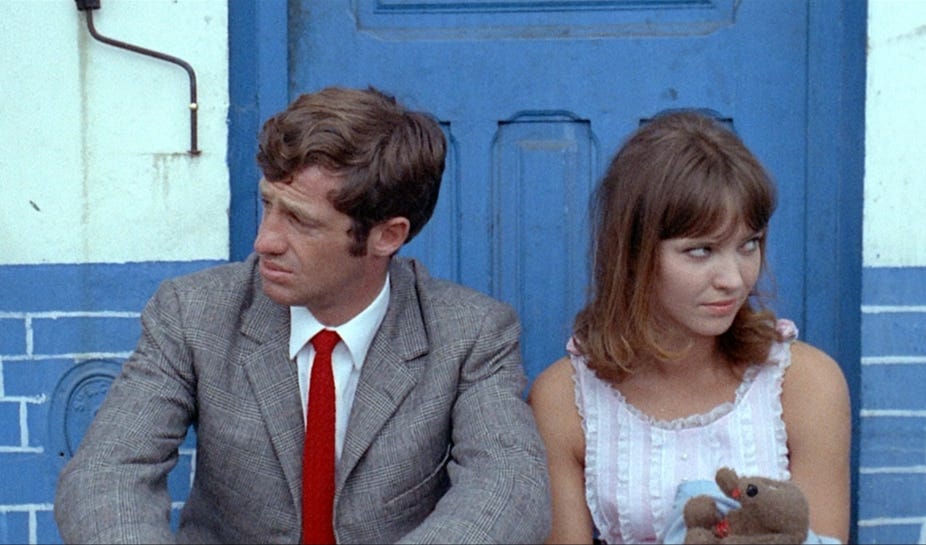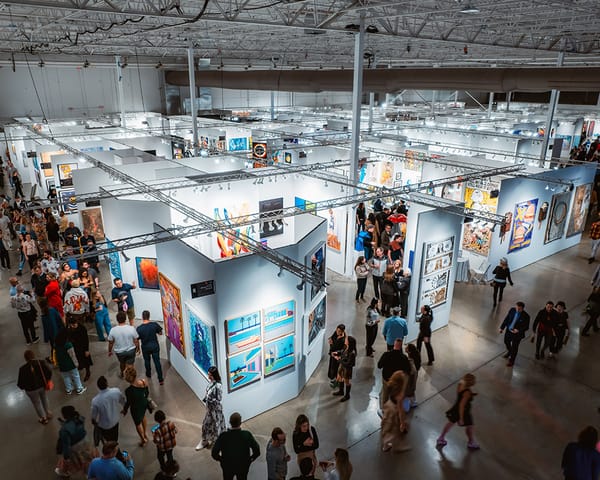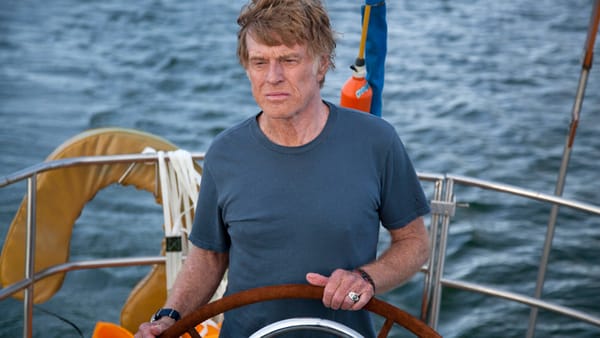Are We Taking Color For Granted?
Jean-Luc Godard's 10th feature film reminds us what color once meant for cinema, and just how far we've strayed from it.

While making Pierrot Le Fou (1965), Godard said it as though he were making his first ever film. He had no troupe or framework to cling to, entirely at the mercy of his own imagination, and the result was an artistic dream, patched together by an impressionistic gravity, rebellious and vibrant. It isn't rare for visuals to take precedence over reason or structure, and while this structure is certainly there, Pierrot Le Fou follows the Bonnie and Clyde-like couple as if they are not characters within a narrative but thespians attempting to bewilder an uninformed audience. Their actions and words move back and forth between clarity and absurdity, and even their more coherent exchanges become confused by sudden cuts and monologues. The two leads, Marianne and Ferdinand, move around each other like a choreographed dance, forgoing what is optimal in spite of whatever stressful circumstances they find themselves in. Where there is usually a theme that pushes a film forward into conception, Pierrot le fou is the product of unspoken ideas and feelings, attempting to bridge the gap between the two just as Marianne and Ferdinand try to overcome their inherently opposite dispositions.
All these amalgamating factors don't result in a jumbled, oversaturated cinematic experience; they work together to communicate something perhaps we aren't meant to understand. All this to say, it doesn't matter whether one understands the film or even enjoys its story. Color is the film's universal redemption, rising out of the constant literary references and nonsensical details. The film's magnetic hue is truly unlike anything I've ever seen before, so blatant and aggressive, and it makes me wonder why modern-day cinema seems to take it for granted.




